Arriving in Porto
I arrived at the guest house in Porto (Alvares Cabral Guesthouse) early evening only later to find out it was a bank/public holiday. Truthfully I was happy to find out as the trip to the guest house was a journey of almost abandoned motorways and vacant city! At first, I was concerned 6 days here would be 6 to long, for dinner I had a stomach full of nuts, a banana and an apple bought from the only shop open and a steak roll from the only café open – have an early night and seize the new day after a good night’s rest. No plan of action for the first day, when in doubt go walk. Lovely summer’s day with not a cloud in sight, the city was buzzing with tourist but not in the glitzy manner, oh no, Porto is far from glitzy. An old prosperous and in its time powerful city now living on memories of long ago. Those walking around filling the city seemed more tourists from Germany, France, USA and Holland than locals, the older generations of locals are easily spotted and sadly resemble frail individuals living out their lasts years in an old age home, the inevitable is nigh.
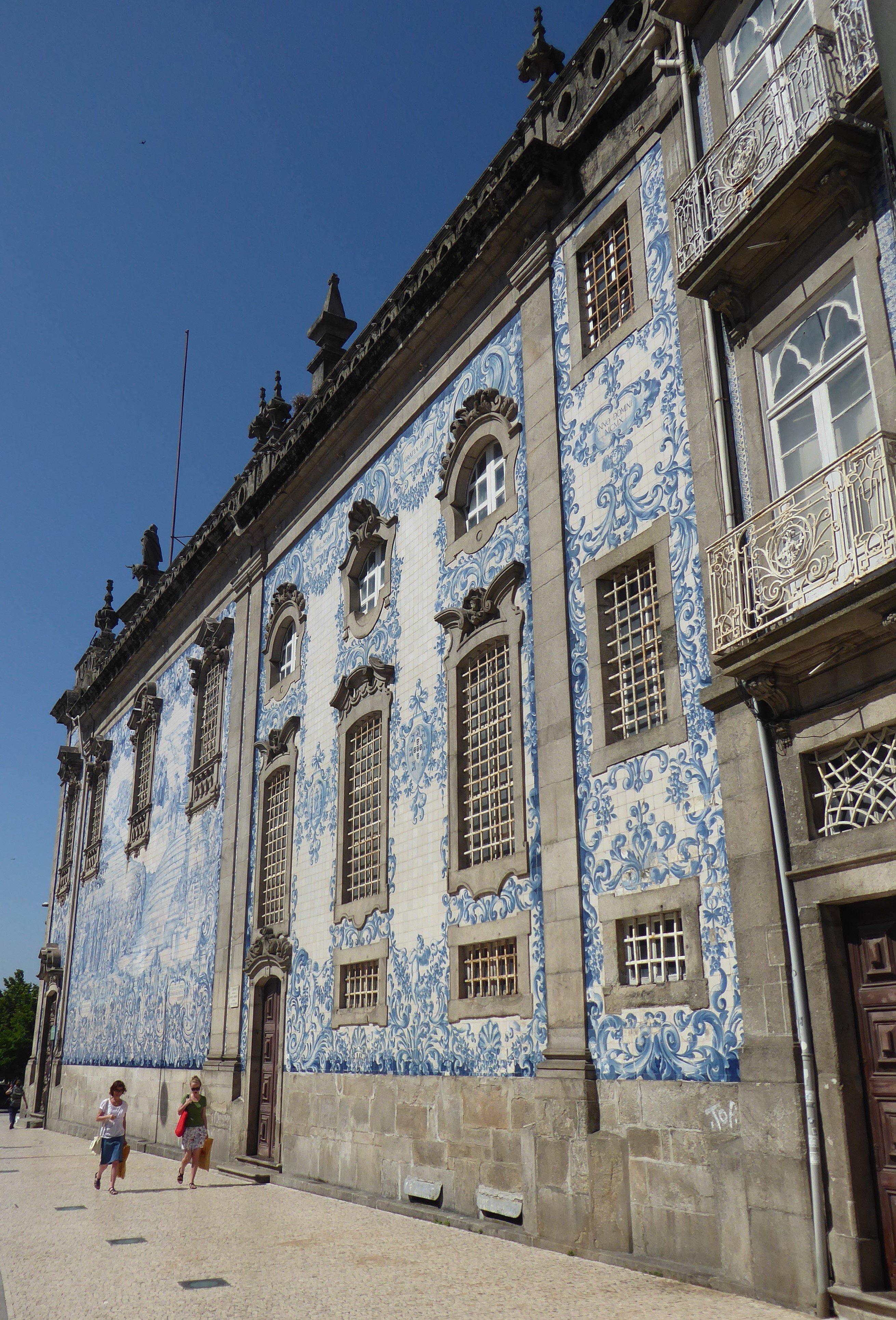

What a view…Porto
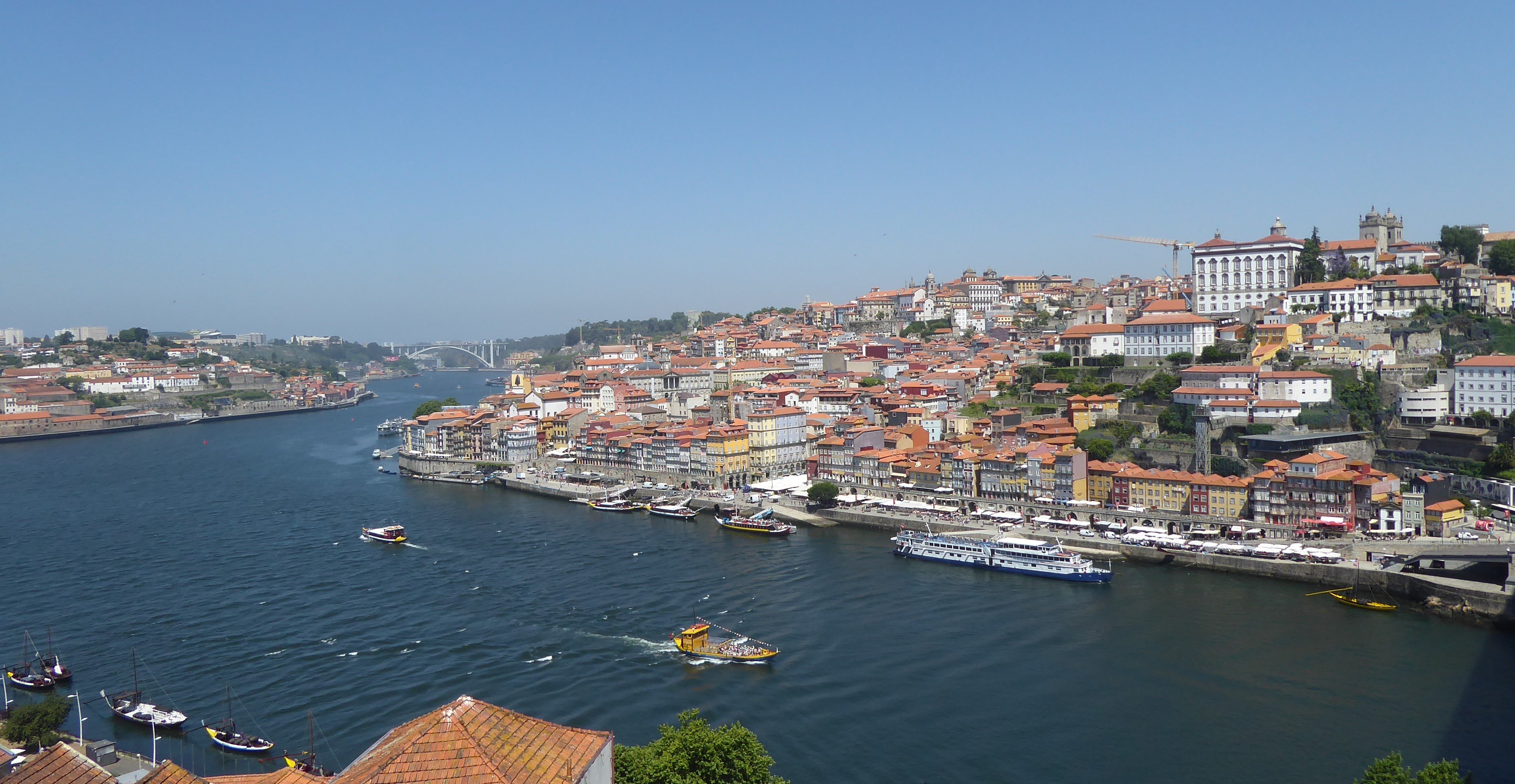
Getting my bearings and learning the ropes
The city is no morgue, even if it were just for visiting the city for its historical significance it is worth it. My first day, as I said was not planned, I intended to walk around just to get my bearing and if I saw something of interest then to go an explore…..there is a lot to explore in Porto! The guest house gave me a tourist map so with that in hand I headed out. For anyone visiting, get to like hills and stairs; not Kilimanjaro but still loads of hills and stairs – if you’ve been to Edinburgh….that’s for beginners! I must have done 8-10km on the first day, getting lost in the old city which dates back to before the medieval times (of which there is only on house remaining from the medieval times) and there are monuments, churches/cathedrals, statues, museums aplenty!
Ah yes! Before I left on my trek this morning I learnt three phrases Please “por favor”, thank you “obrigado” (male) and hello “ola” – please and thank you can get a long way in foreign countries and in life. Getting by without knowing Portuguese is easy, many restaurants have English menus, signposts in the city and museums too and in the most part many people speak it too or at least understand it – Portuguese is a Latin language so with a dash of patience and a sprinkle of thought it is possible to understand many things; a prime example was at Casa-Museu Guerra Junqueiro where I had a one-on-one guided tour with a lovely lady who couldn’t speak a word of English. It’s a small museum of the private collection of Guerra Junqueiro (Poet and Writer) which is very impressive to say the least; I found it by chance and although I had my tourist map of the city I decided that morning I wouldn’t refer to it or even look at it unless it was essential – it’s not a big city either.
Stock Exchange Palace / Palácio da Bolsa

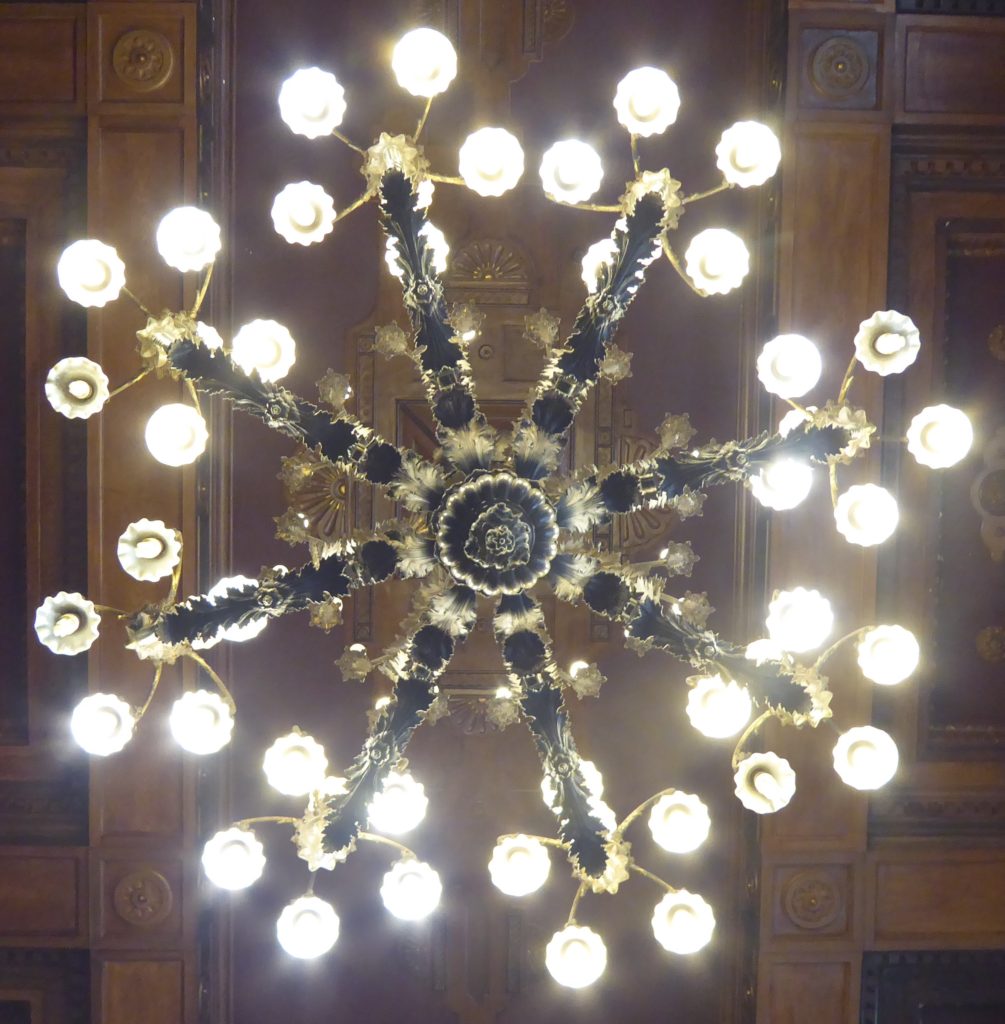
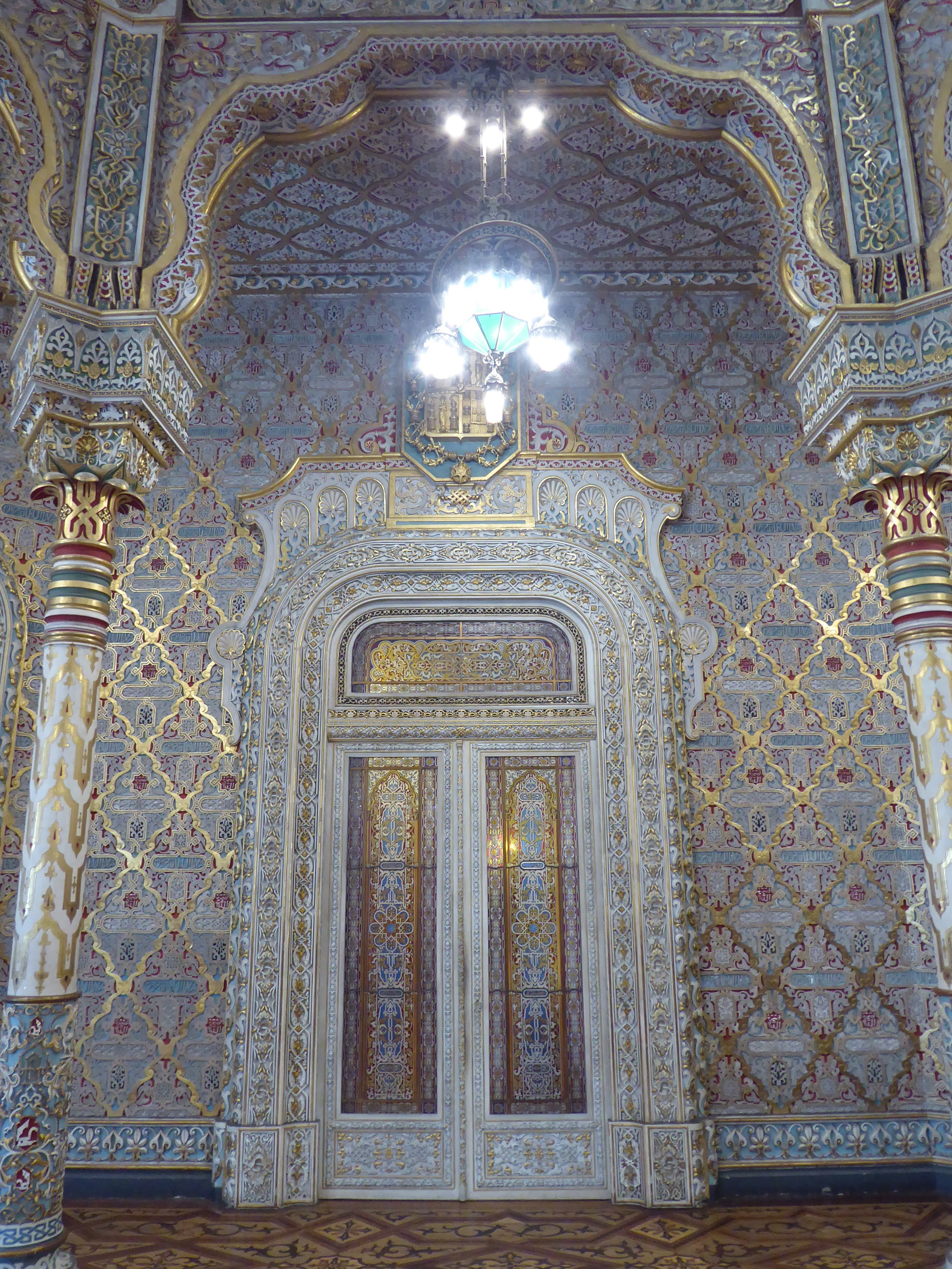
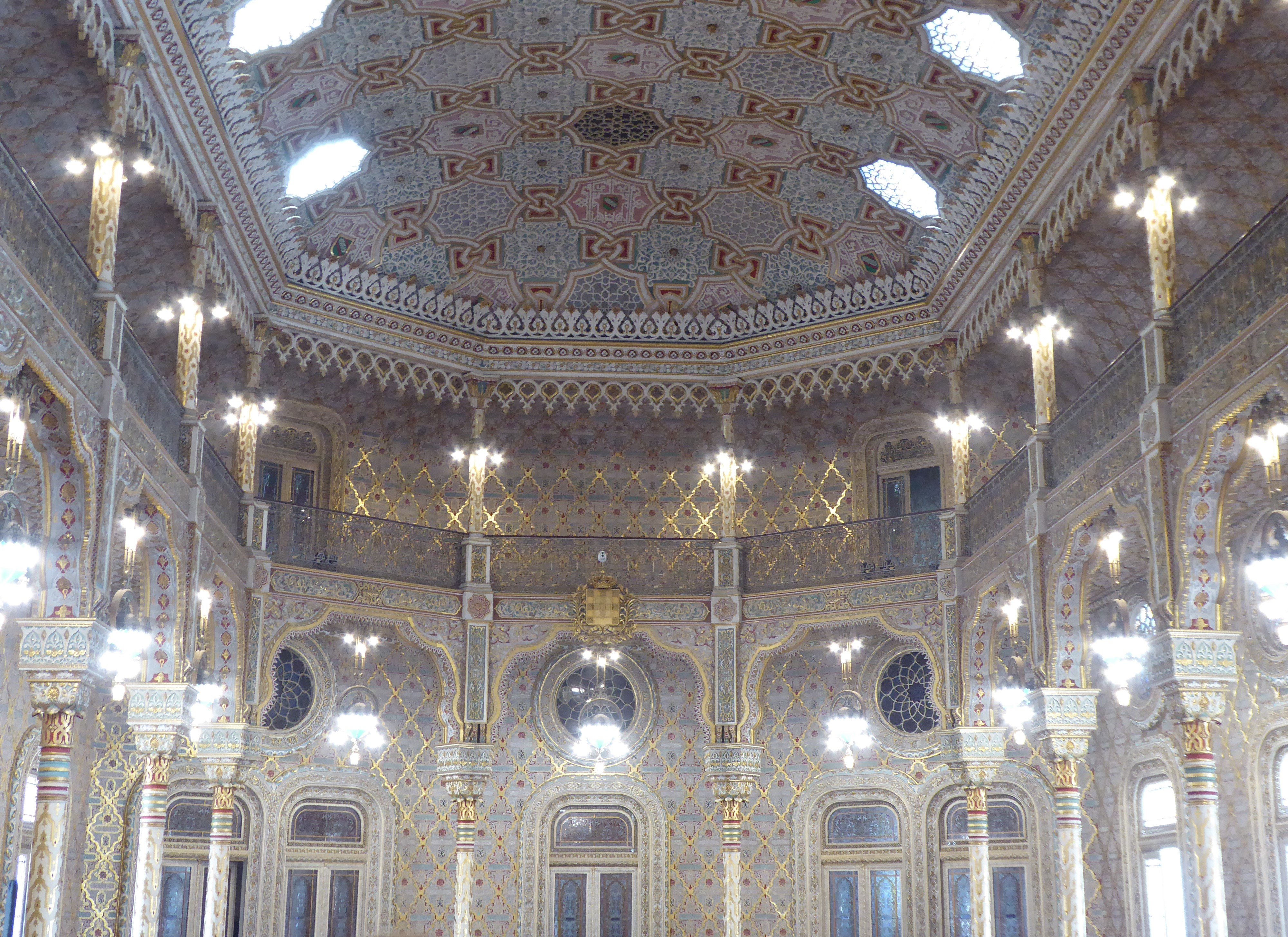
If you want to get a true understanding of Porto’s previous wealth then a must is the old stock exchange, Palácio da Bolsa, by the time it was conceived Porto had already past its climax of wealth, but even then circa. Mid 1800’s it was a very wealth and important city of the old European empires. The rooms throughout ooze money and my highlight was the Arabian room; you don’t need to be an antiquities expert to tell that no expense was spared when decorating it.
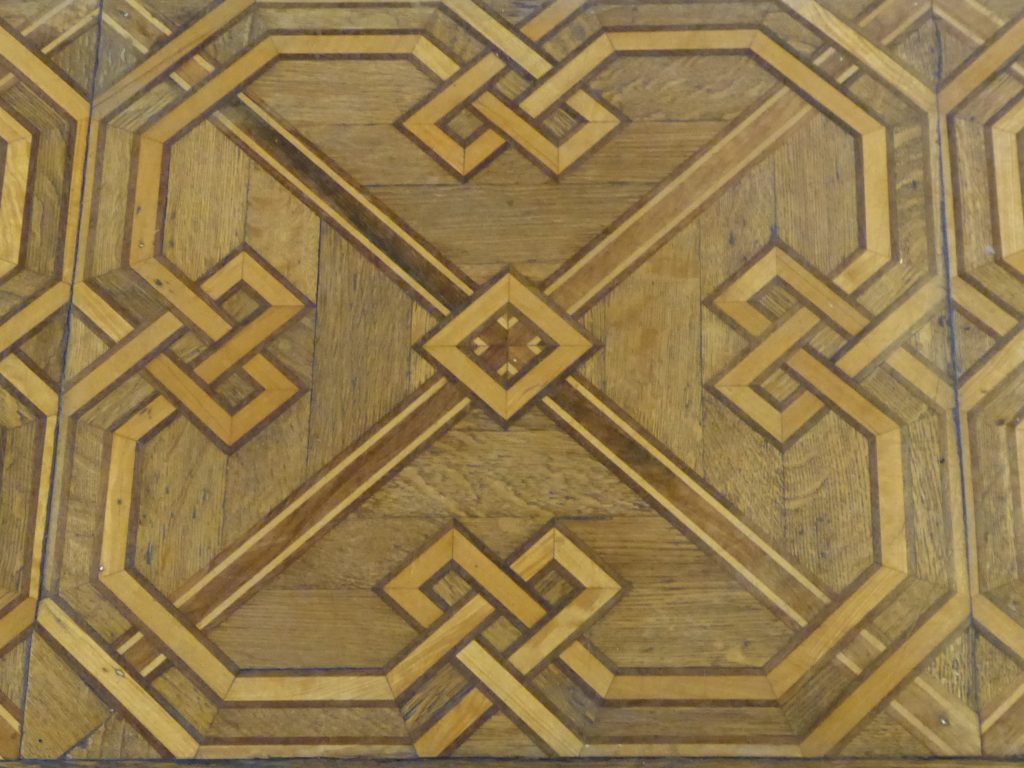
My other favourite part and something many people forget to do is “look down”, the wooden floors are a work of craftsmanship – woods from Europe, South America and Africa! Having dabbled in woodwork myself, with the exuberance of an amateur ?, the detail of the floor is the work of a master and the mere idea walking over it is like walking over a floor painted by Leonardo de Vinci. There is wood craftsmanship everywhere, considering a lot of it hasn’t been restored and is over 150 years old (including the furniture – especially in the court/arbitration room) it is very impressive.
Declined fortunes of Porto
The city is built on two sides of the river which is bordered on either side by rocky hills – many years ago as is with many cities throughout Europe it used to be two separate cites and as technology progressed a sturdy and permanent bridge was built eventually resulting in the two towns becoming one. The first “bridge” consisted of boats tied together and planking strewn across for ease of walking – needless to say this didn’t last long! Now there are a few bridges and the most iconic of which is the steel bridge, an impressive structure. The city seems to have organically evolved and not changed; the North side urban and the South commercial i.e. Port manufacturers and distributors. The Douro river which was once rather treacherous, still is due to its currents but not quite what it used to be, was a super highway servicing Portugal’s colonies and friends (Northern Europe, especially England) and along the river there are little chapels which are now inconspicuously camouflaged between buildings. Sailors of the past and still today have a reputation of being superstitious and these chapels (even though the city is adorned with many churches and cathedrals) served as a place of solace, prayer and offering for safe journeys and respite during torrid weather.

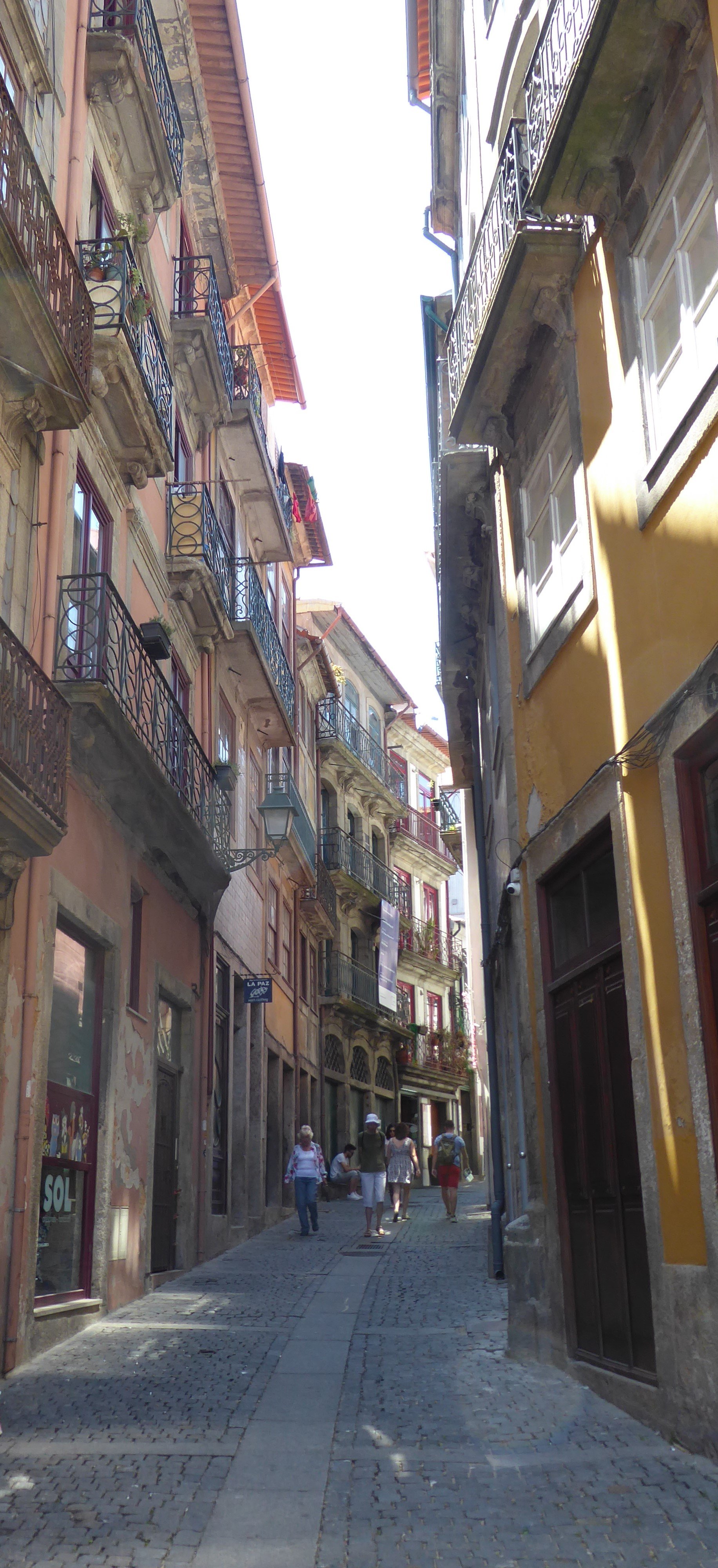
It didn’t take me long to discover that as with many old cities, perpendicular roads are nowhere to be seen ?; There are a few straight roads but like veins the roads of them branch out in every direction and winding their way to who knows where.
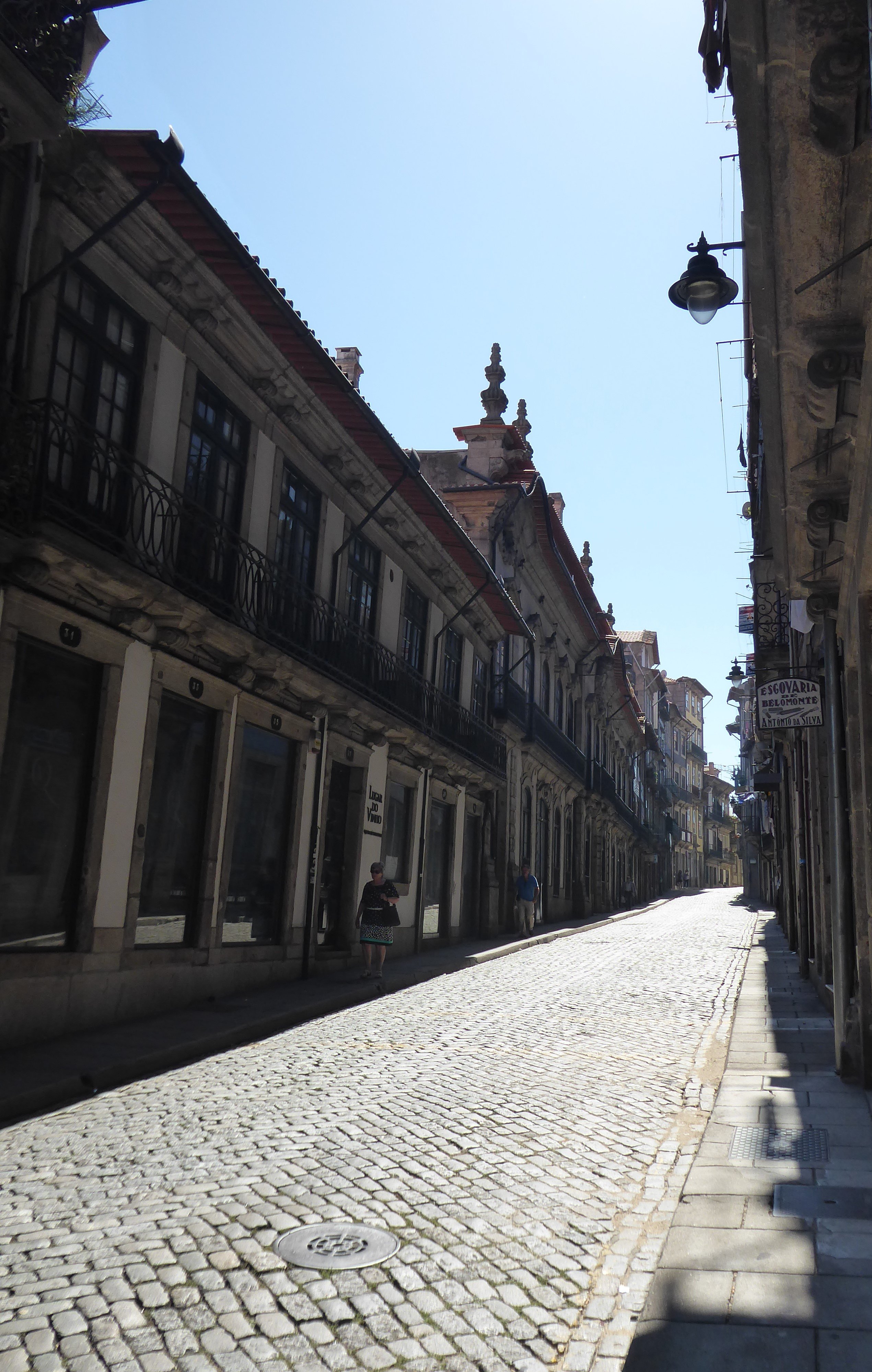
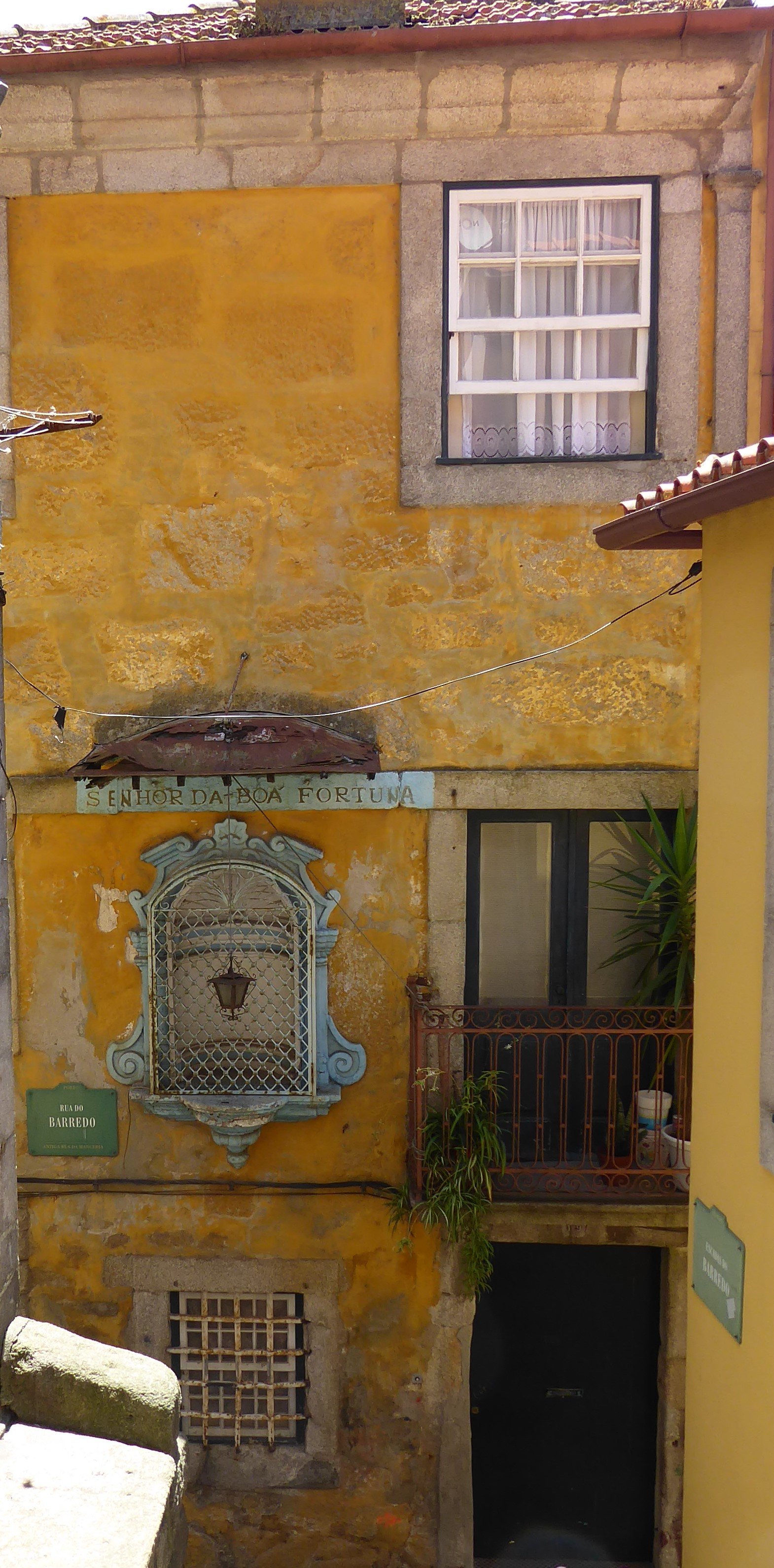
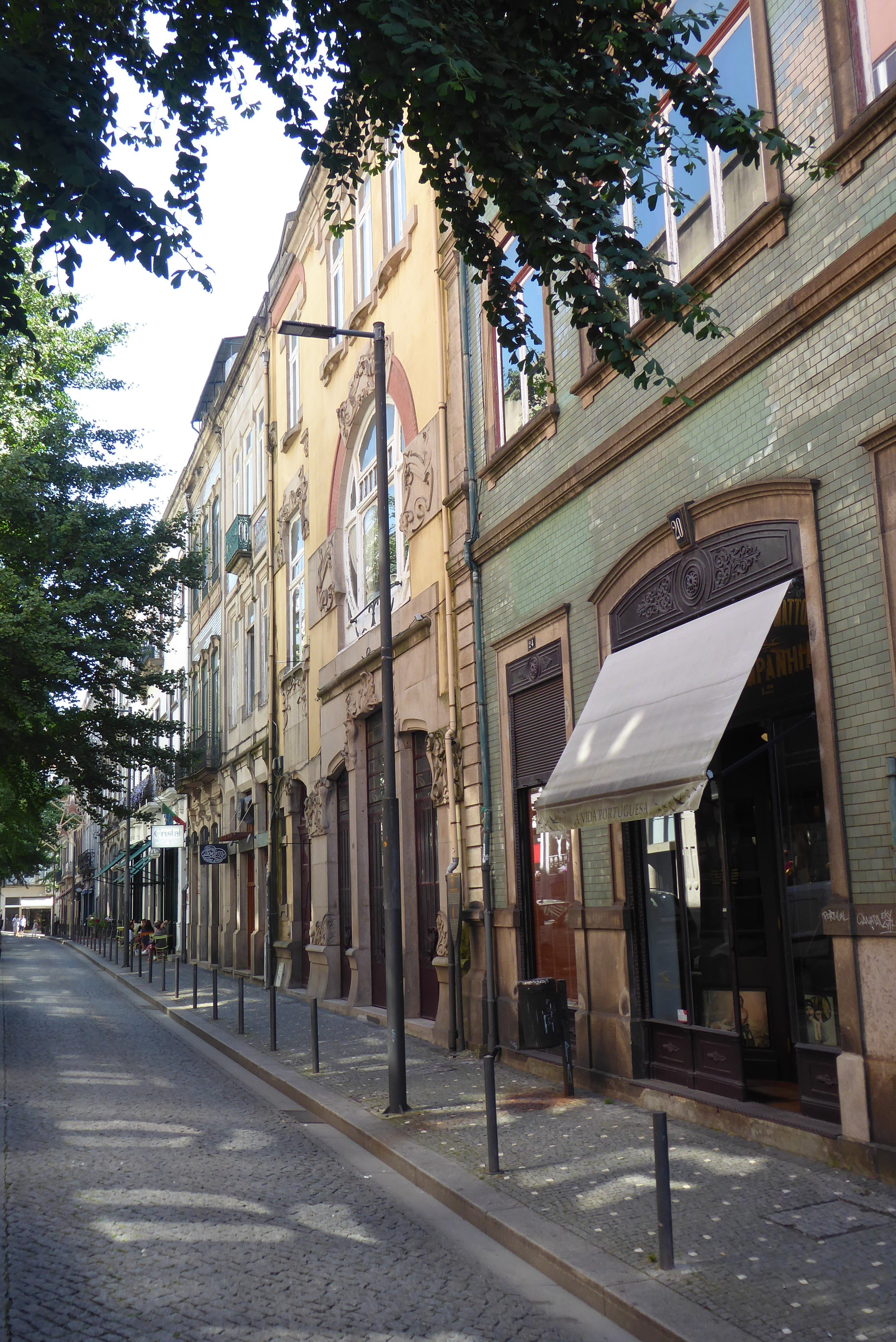
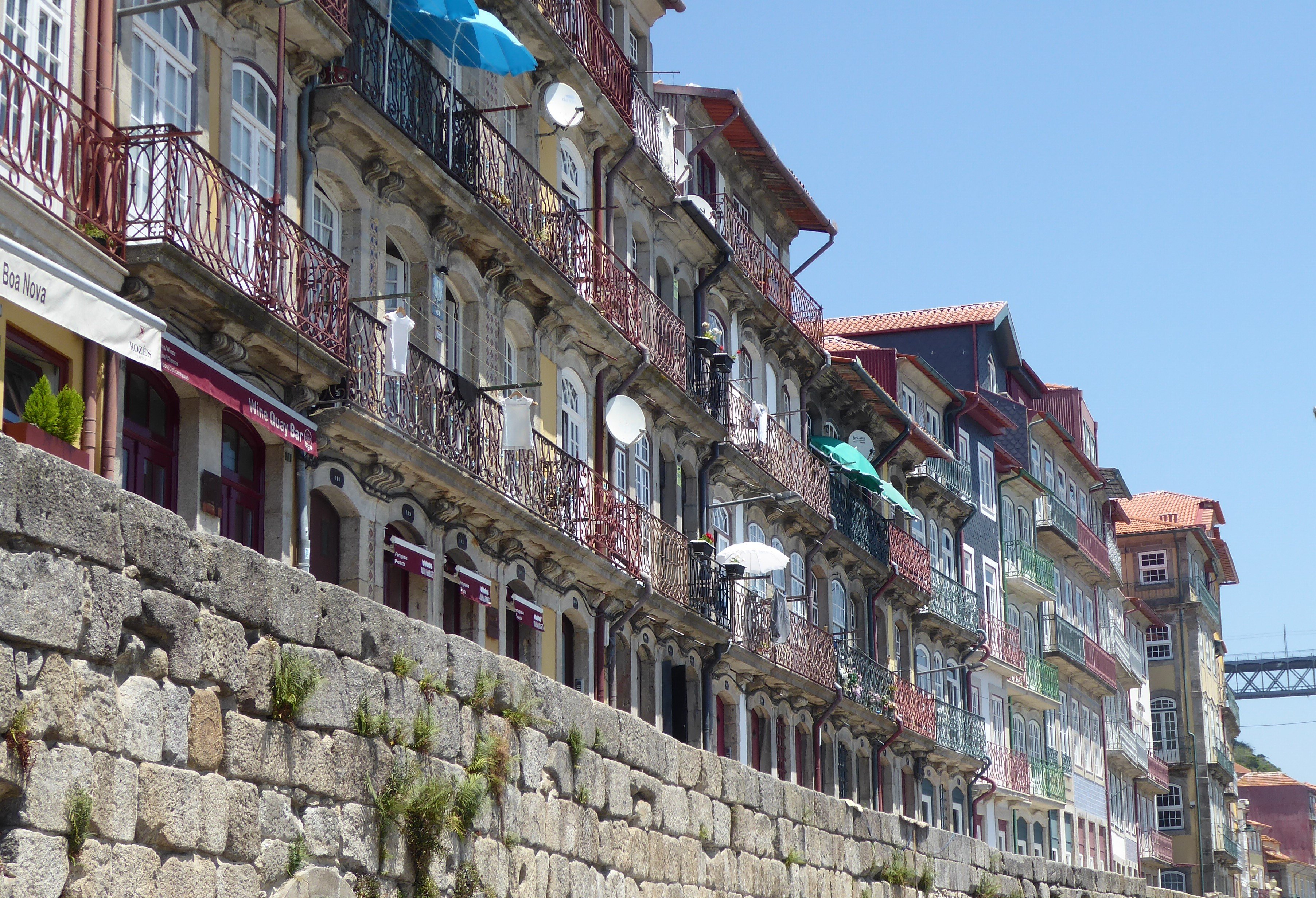
There are plenty of ways to see the City e-Tuk (an electric Tuk Tuk), the Tram, hop on hop off bus, guided walking tours and possibly others too. It’s not a big city and if you’re willing to put in the miles (literally) walking is just fine, like I’ve said it’s my choice. I wondered through countless back streets and felt safe at all times, there are the occasional beggars whom I always brashly brush off – it may seem rude but if you give them attention they will not leave you alone, that’s the same throughout the world. I find the backstreets the most interesting and where possible chose them as my preferred route; it is a poor city, vacated and abandoned houses and if you look carefully many have fire damage.
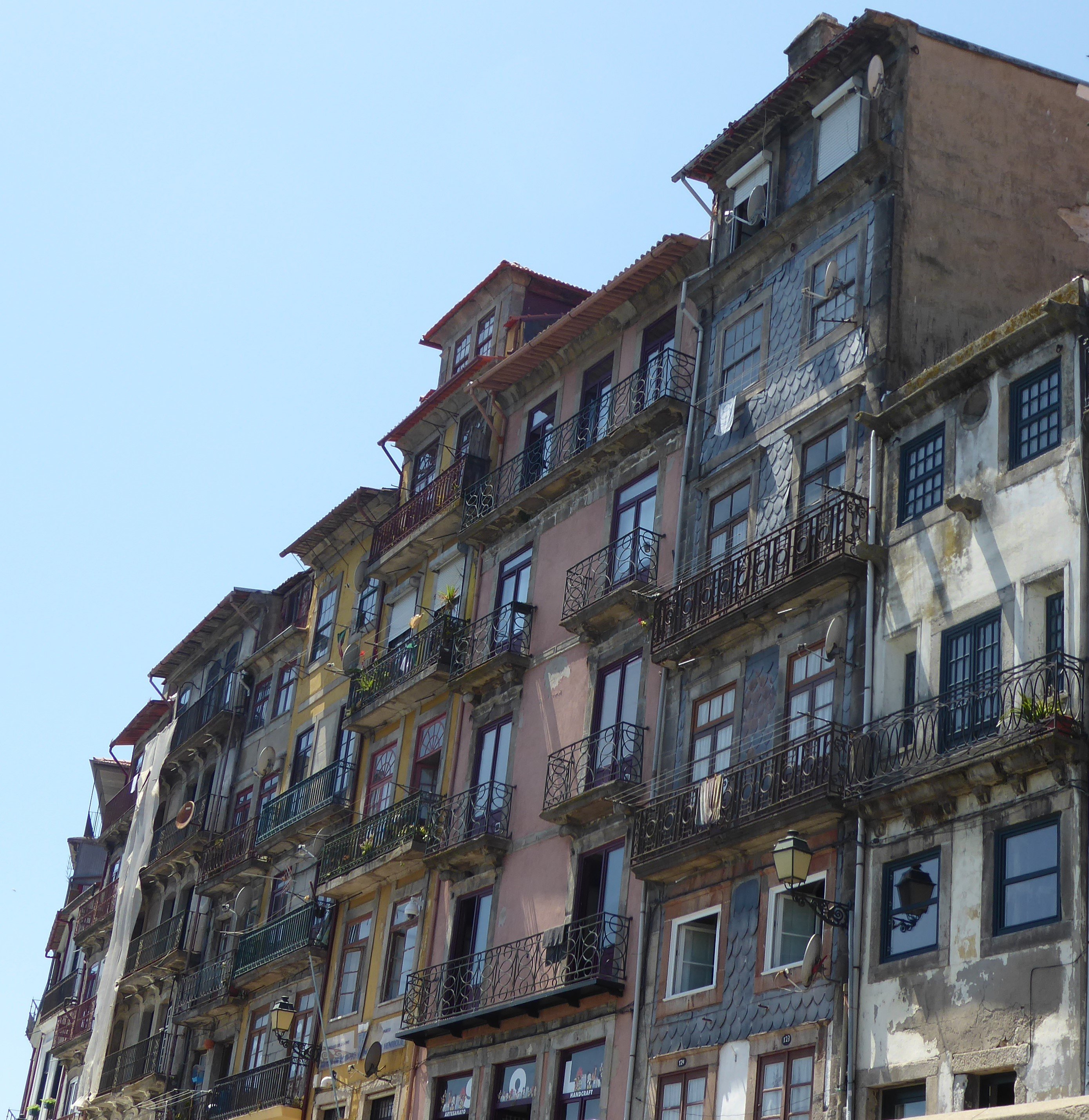
Comparatively to many other European cities located with river or sea views people would be flocking in to buy this prime property. The fact that you could be buying a property in such an historical location, on or nearby the river, with 150yrs + period features, the home of Port wine and with the quaintness of a town feel would normally mean the average person couldn’t dream of owning a property here but for some or other reason (I fully intend on researching this further) is left to deteriorated. The old residential buildings have period features everywhere and what stuck out to me the most was the intricate cast iron trellises, balconies and window bars – where in the UK people would be fighting for these here they are left to ruin and rust. Wherever I walked I felt pity and if only “what if”.
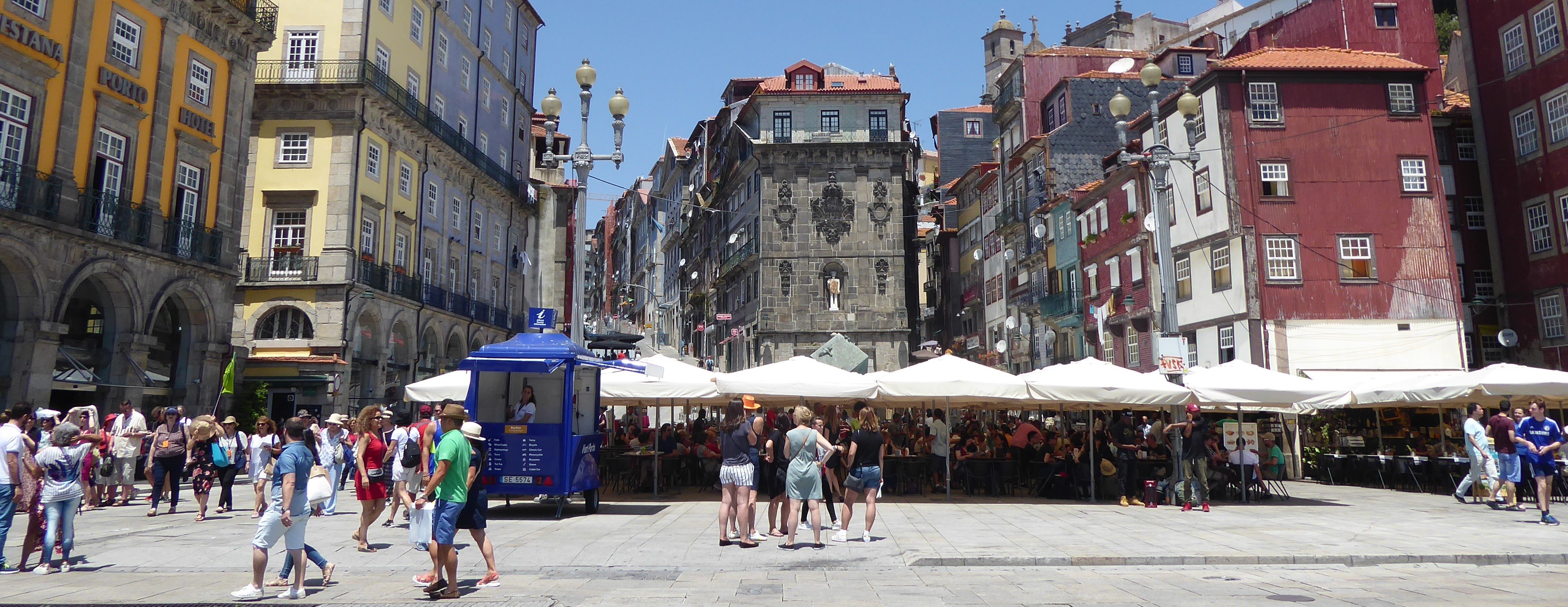
For the rest of my time in Porto take a look at Part 2 and 3:
Porto, a city of past glories and well worth a visit – Part 2
Porto, a city of past glories and well worth a visit – Part 3

Very very interesting. Looking forward to the next insert. Happy touring.